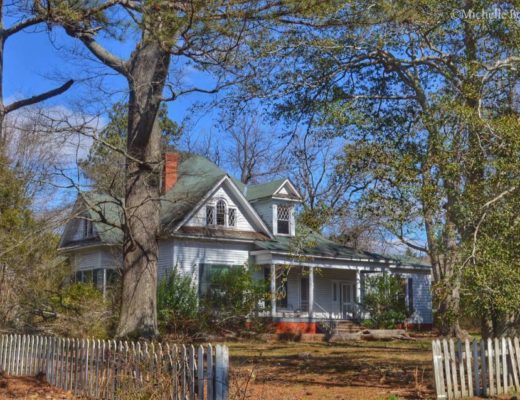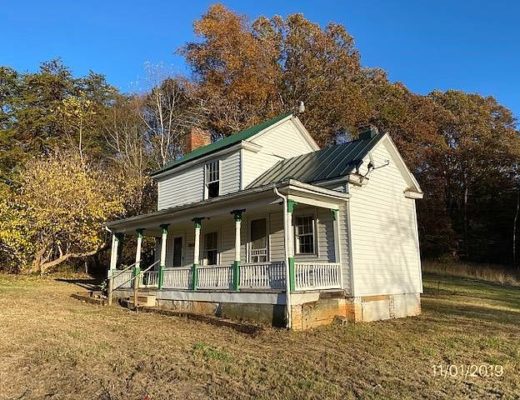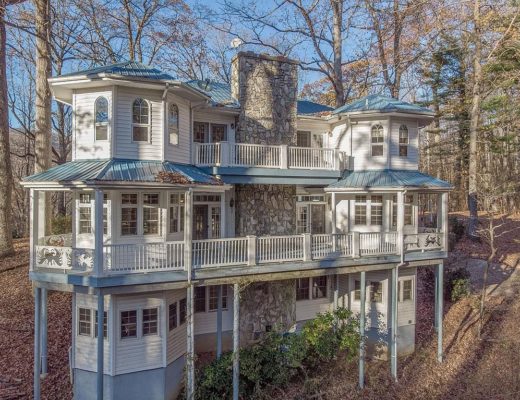Written by Bill Harris
Today it’s hard to imagine that places like Warrenton, Williamsboro and Townsville were once powerful communities wielding a great deal of political power throughout the state. Warrenton, in Warren County, is a delightful small town full of old, beautiful houses. Warren County has done a lovely job of preserving its history. Over the years the county has had many powerful figures from generals to politicians: Braxton Bragg, Nathaniel Macon, Eva Clayton, Matt and Robert Ransom, Reynolds Price, Benjamin Hawkins, John H. Kerr and so on. Prior to the Civil War, Warrenton was a center for commerce and was one of the wealthiest towns in North Carolina. If you travel west from Warrenton into what is today northern Vance County one will find Williamsboro and, a few miles north, Townsville.

Williamsboro

Townsville
This area was, prior to the creation of Vance County in 1881 from portions of Granville, Warren and Franklin Counties, a part of Granville County. Most settlers to the area in the mid 1700’s arrived here from Virginia looking for good land to farm which this area of the state had in abundance. Families built impressive homes and had large tracts of land to farm leading to increased wealth and power. A map of Old Granville County which shows many of the important locations in the area can be found here.
Williamsboro was established in 1755 and was, for a brief period of time, the state capital. Governor Thomas Burke was captured during the Revolutionary War and from the summer of 1781 until February 1782 the state capitol was Williamsboro.
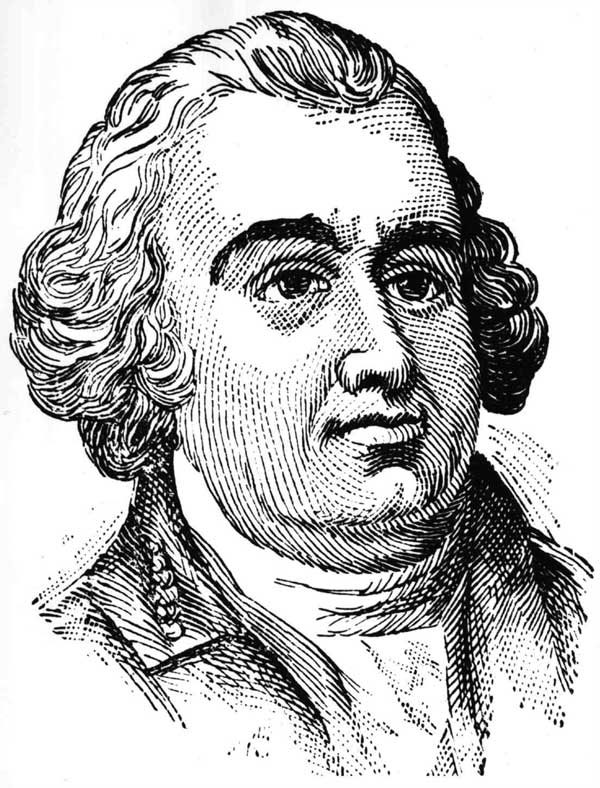
Thomas Burke
The community is the home of St. John’s Church, built in 1757, it’s the oldest frame church in the state. Judge John Williams lived here and so did Leonard Henderson for whom the City of Henderson was named. Williams and Henderson were very influential leaders in North Carolina in the 18th century.
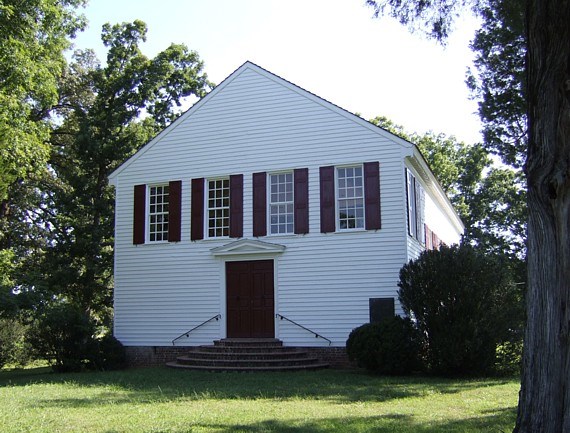
St. John’s Church
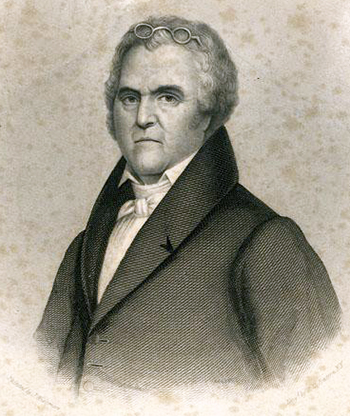
Leonard Henderson
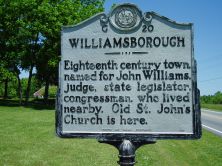
Townsville also was the home of influential people. Named for Edmund Towne in 1857, Townsville was originally known as Lynesville after James Lyne who had operated a store in the area as early as 1780, the area was also the home of George Sims who published the Nutbush Address in 1765 which would lead to the Regulator movement. A state historical marker located near Townsville memorializes the event.
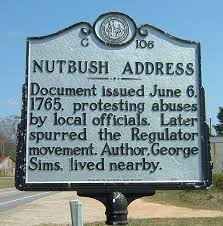
With these important individuals came important homes: Montpelier (Judge John Williams home), Pool Rock (home of the Taylor family), Cedar Walk, also known as Blooming Hope, (orignally the home of the Burton family), Hibernia & Catalpa Grove (homes of the Hargrove family)and many others.
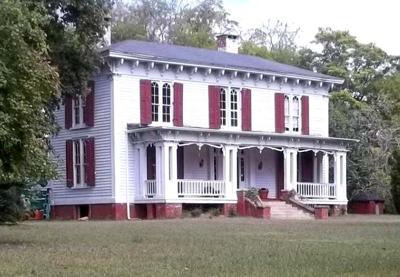
Pool Rock
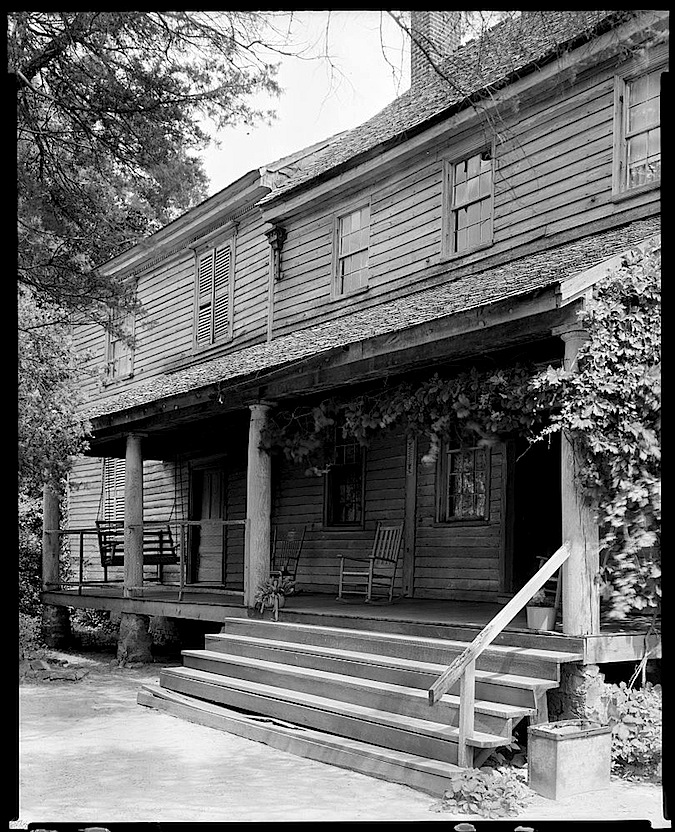
Cedar Walk
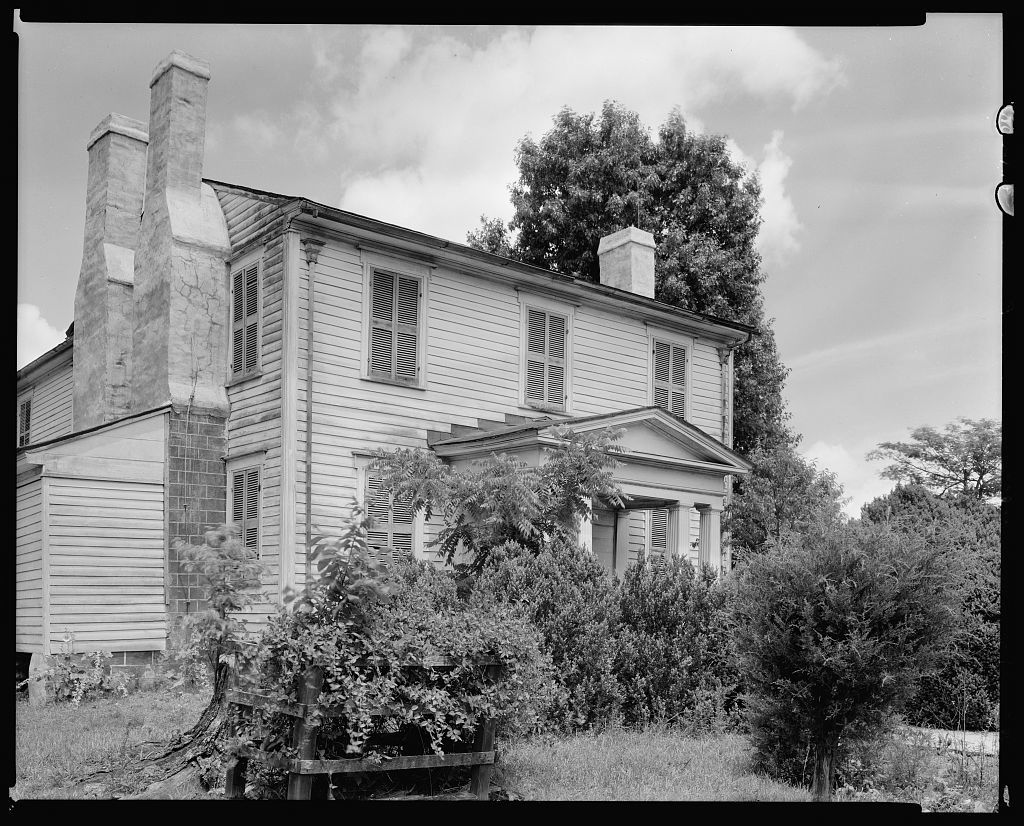
Hibernia
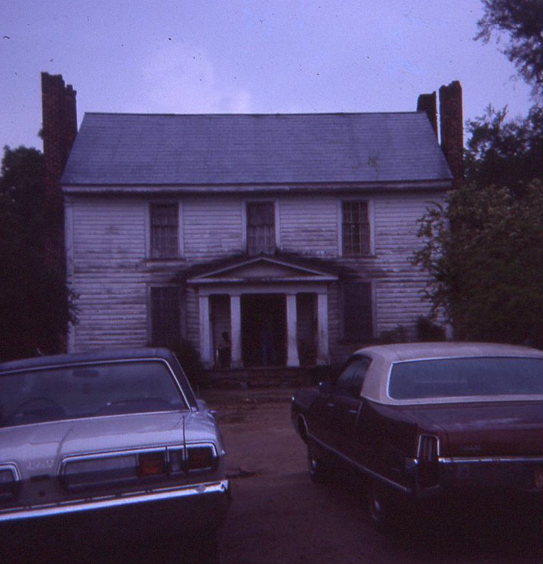
Catalpa Grove
These were fabulous homes. While some, like Burnside and Pool Rock, have been lovingly restored, many have been lost or soon will be. Sneed’s Mansion, in Williamsboro, will likely be gone soon. Other houses like Cedar Walk, Montpelier, Nine Oaks and Hibernia have been lost. All we have of these grand homes are a few photos and the history that has been written about them to keep them alive.
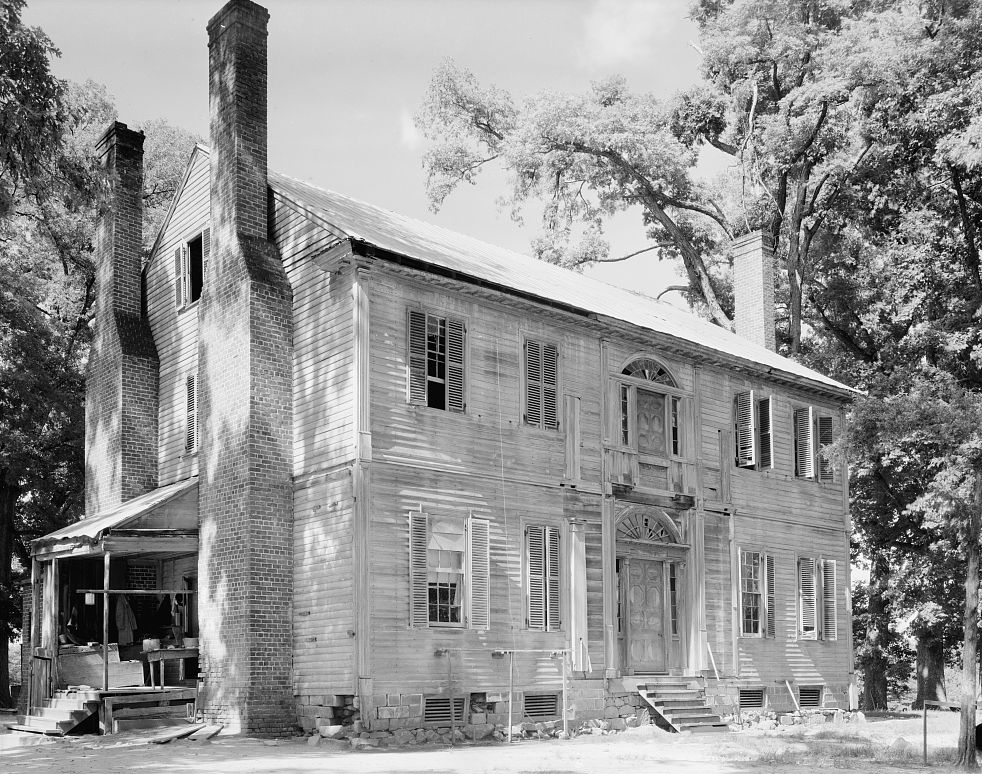
Burnside
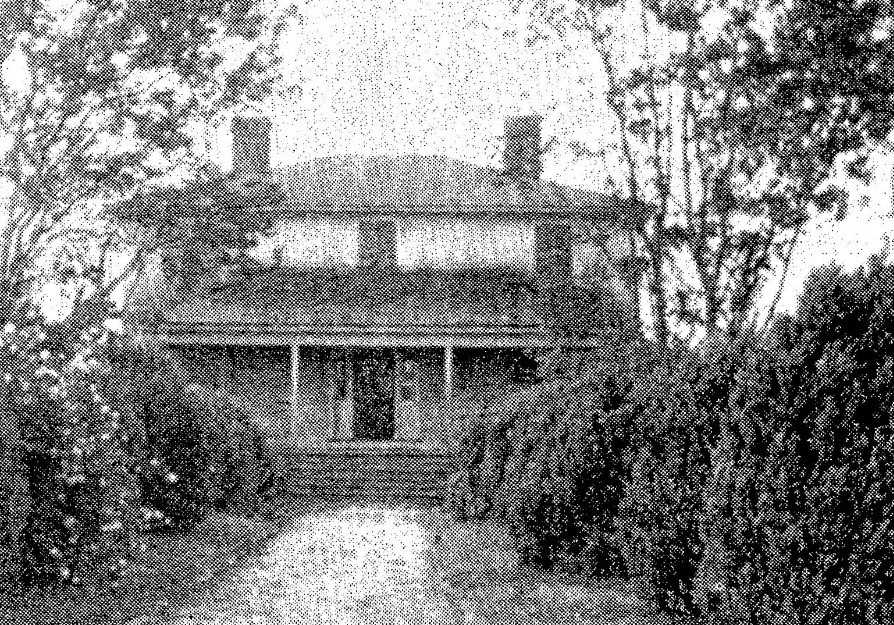
Sneed Mansion, Granville Co, NC, built 1800; now gone
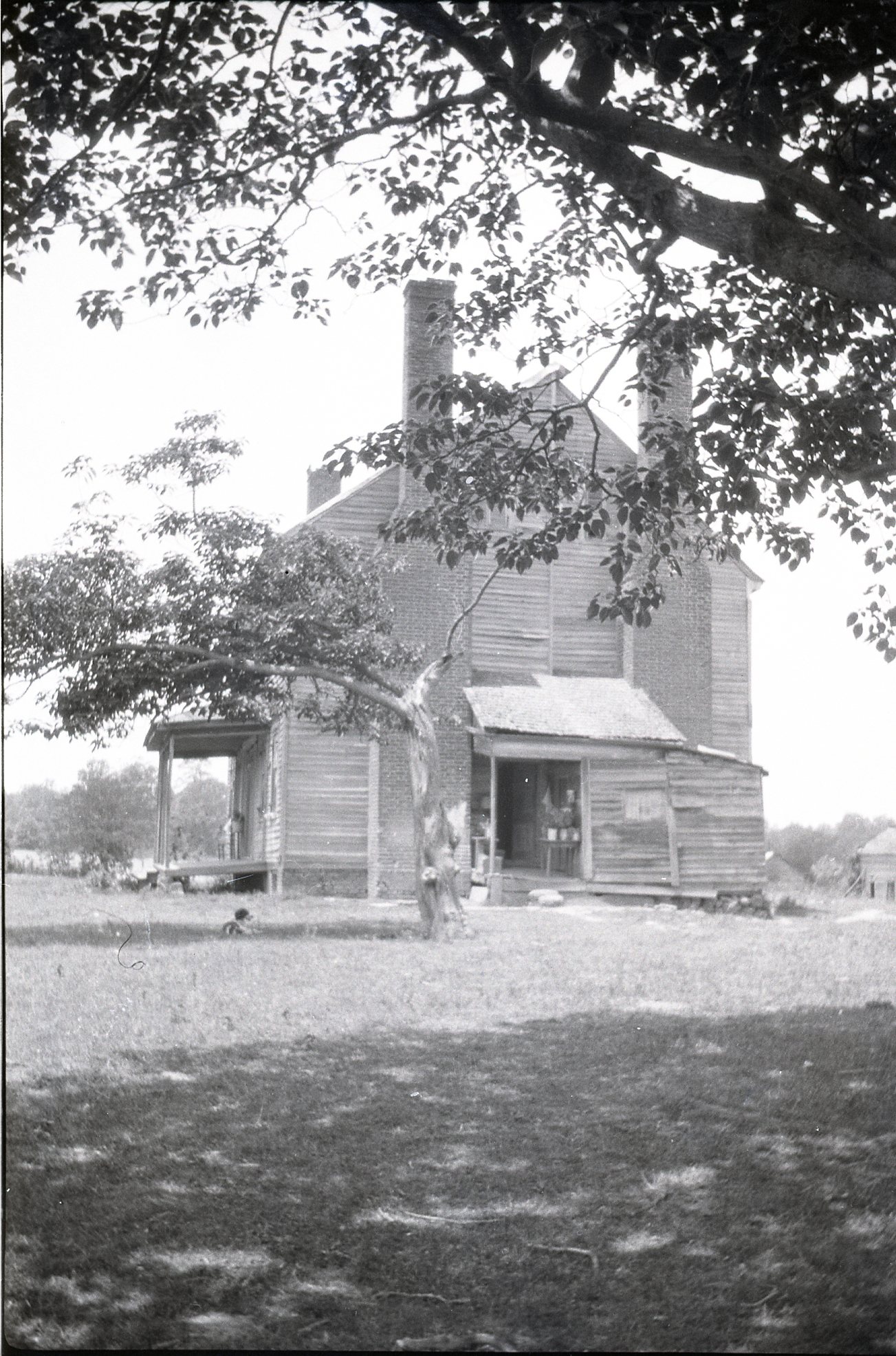
Nine Oaks
One such home is Aspen Lawn. While not the oldest house of those that have been lost, it was a fine house possibly built by famed Warrenton architect Jacob Holt. It was constructed about 1850 and was Italianate in design. Aspen Lawn was the home of Col. James Madison Bullock.
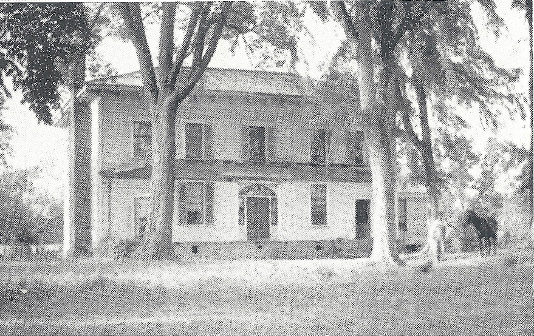
Aspen Lawn
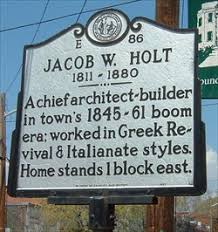
The community of Bullock was named after the family. The Bullocks had been in the area since the 18th century. According to Colonial Granville County and It’s People: Loose Leaves from The Lost Tribes of North Carolina by Worth S. Ray, the Bullock’s can be traced to Hugh Bullock of York County, Virginia. Hugh’s son William was the father of Robert Bullock, the ancestor of the Granville County Bullocks. According to Ray, Robert had only one son, Richard Bullock of New Kent County, Virginia. Richard had two sons one of which was Edward Bullock. Edward and his wife Sarah had ten children. One of these was named after his grandfather, Richard Bullock.
Richard Bullock, the grandson, was born between 1690-1700. In 1753 Ray states that Richard Bullock sold his property and business in New Kent County and settled on Nutbush Creek in Granville County. Apparently, trouble with the Native American population convinced him to seek a place that was safer for his family. He and his wife Ann Henley, had ten children including Sarah Bullock, who married John Sims, who is likely a relative of the above mentioned George Sims. It would also seem the George Sims married a Bullock girl as well, but which one is a bit of a mystery. Considering George named a daughter Jane Henley Sims it would seem likely that he married a daughter of Richard Bullock. However, Bullock’s will doesn’t indicate a daughter marrying George Sims. George Sims married in 1758 and later moved to Caswell County. It’s possible his wife died and Sims decided to start over elsewhere.
Another of Richard’s daughters, Agnes would marry, as her second husband Judge John Williams. Agnes’ first husband was George Keeling who had lived at the aforementioned Nine Oaks. One of Richard’s sons, Nathaniel Benjamin Bullock, married Mary Hawkins, grand-daughter of Philemon Hawkins, one of Warren County’s most noted citizens. While researching the Bullocks I discovered I am the 4th great grandson of Priscilla Bullock who married Richard Donaldson Cooke. Priscilla was a grand-daughter of Nathaniel. Another of Richard’s sons, William Bullock, a revolutionary war veteran, married Unity Wright and, upon her death, married secondly Elizabeth Taylor, widow of James Lewis. His second marriage produced three children including William (Billy) Bullock, who was born 1729 and died in 1829. He married his cousin, Lucy Martin Bullock, daughter of Leonard Henley Bullock. Leonard married twice. First to Fannie Hawkins, sister of Mary Hawkins and then to Susan Martin.
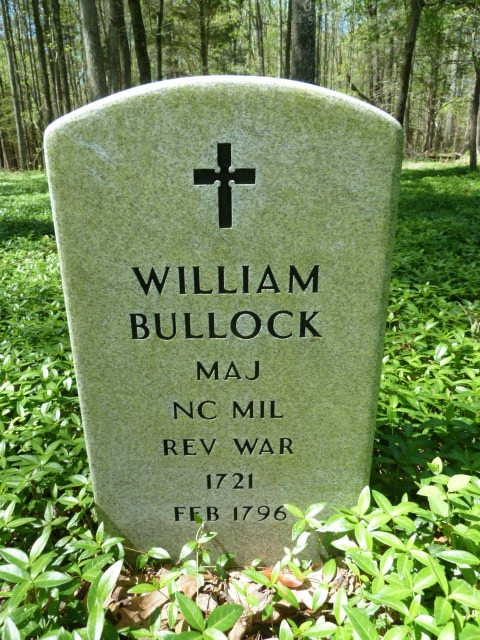
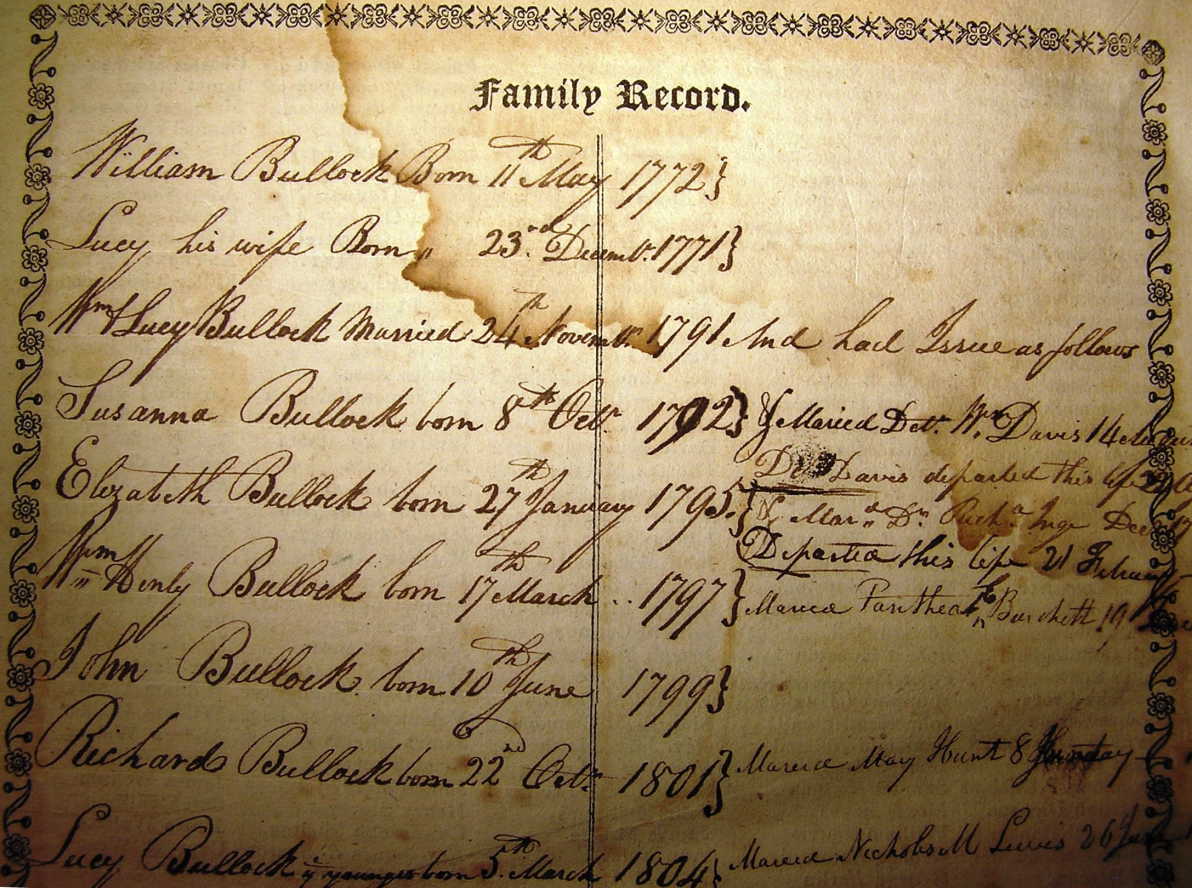
William Bullock Bible Record
William (Billy) Bullock and Lucy Martin Bullock had ten children. Some of these moved away. One son, Ricard Bullock (born 1801) married Mary P. Hunt and went to Austin, Texas where they ran the Bullock’s Tavern which was a meeting place for people like Sam Houston and others involved in the Republic of Texas. Another son, James Madison Bullock, married Sallie A. Lewis. It was he who was the owner of Aspen Lawn, a house associated with foul play, and it is he who provides us with yet another interesting tale related directly to this incident of foul play.

Bullock’s Tavern
James Madison Bullock was born 9 Sept. 1815 and died 26 September of 1864. His death was never completely solved but theories were proposed at the time as to how he met his death. According to S. T. Peace in his history of Vance County, Zeb’s Black Baby, Bullock was a Colonel in the Confederate Army. As part of his duties in 1864 he was charged with rounding up deserters from the army, of which there were many. Col. Bullock was to arrest these men. The theory was put forward that a disgruntled soldier shot him. However, a more sinister plot is also thought to have resulted in Col. Bullock’s demise.
Apparently, according to Peace, Bullock was on his way to Aspen Lawn from Oxford. He was on his horse and was approaching the Clarksville Railroad bridge. The bridge had been constructed in 1855 connecting Clarksville, Virginia to Manson in Warren County as part of the Roanoke Valley Railroad. [photo 21] As Col. Bullock reached the bridge he noticed that the planks in the bridge were not in the correct order and he stopped to rearrange them. While he did this someone shot him once in the skull killing Bullock instantly.
James Madison Bullock was not just an average citizen. Not only was Bullock an officer in the Confederate Army, but was a Granville County legislator. Naturally it was picked up by the press. At first, newspaper reports stated that he was found dead on the tracks on September 26th of 1864 but the cause of death was unknown. One article suggested apoplexy as a possible cause. By September 29th, the Daily State Journal of Raleigh had raised the question of foul play stating that “it is not known whether his death was the result of foul play or a visitation of Providence.” By October 5th, The Daily Confederate, another Raleigh paper, was calling it murder. The paper reported Bullock was shot with a pistol, but a suspect was not known. The shooting occurred around sunset about two miles from Aspen Lawn. The paper states that a small ball crushed the back of his head. The coroner’s report filed by S. T. Royster, also concluded Bullock was killed by a leaden ball which penetrated the brain. His horse returned home riderless, which triggered a search for Bullock. When his body was found his watch was gone, money taken and an empty pocketbook lay next to him with his spectacle and papers. The newspaper went on to say the shooting had been planned well with the shooter concealed by bushes at the bridge. However, he left the print of a boot or shoe. The shooter also removed bark from the bush he was concealed behind to help him get the shot he needed. The newspaper states that dogs were put on the trail the next morning. One of these trails lead to a slave house on Bullock’s property, but the article concludes that “no developments have been made to fasten suspicion on any particular person.”
S. T Peace writes that it was never denied that Col. Bullock was ambushed and killed but states that eventually suspicion fell on Major W. M. Sneed. You may recall I mentioned Sneed’s Mansion at the beginning of this article as one of the houses that is still standing, as of this writing. The Sneeds were yet another prominent family in the area. Sneed’s Mansion was where many of the mover’s and shaker’s of the day would would go. Major Sneed, born 1819 and died in 1892, was a member of this family. But why would Maj. Sneed come under suspicion?
Remember the boot or shoe print? According to an article by Mrs. C. L. Blackburn published in the Henderson Daily Dispatch of 18 September 1931 Sneed was said to have been a very small man with very small feet. Due to his short stature, Sneed had special boots made in order to appear taller. These boots were made with extra high heels. Allegedly, the prints found at the scene of the crime matched Sneed’s which would rule out the suggestion that a slave, disgruntled soldier or highway robber committed the crime. However, a boot print does not an arrest make.
Blackburn also states that Col. Bullock had purchased two very fine watches. One he gave to the governor of the state and the other he kept for himself. When not wearing the watch he kept it in a bureau drawer. No one could ascertain with certainty that Col. Bullock was actually wearing the watch the day he was killed, but the watch was never found. Rumors stated that Sneed kept a trunk or chest in an office in his yard. One day he had the trunk open while working on his accounts. Some say a visitor appeared at the gate or that a small fire broke out in the yard, but at any rate, Sneed was distracted and left the trunk open. Apparently, a servant came to inform Sneed either of the visitor or the fire and saw the watch in the trunk. Now was Sneed just after the man’s watch?
More likely, he was after Col. Bullock’s wife. Shortly after Col. Bullock had been killed, Sneed married Bullock’s widow, Sallie. Colonel Bullock died in late September of 1864 and Sneed married Sallie Lewis Bullock in the spring of 1866, much to the shock of the local community. Apparently, according to Mrs. Blackburn, Sallie was dropped by her friends. Furthermore, the story goes that the servant who spotted the watch reported what she saw to Sallie, who confirmed the watch belonged to Col. Bullock. According to Peace, it was rumored, with lots of coloring, that Sallie and two servants died under mysterious circumstances. Sallie died in January of 1878 at the age of 58. Major Sneed was never charged with the murder of Col. Bullock. No serious investigation was made either likely due to the disorder that was running rampant with the end of the Civil War and the fall of the Confederacy. It’s also interesting to note that Sneed was one of the people who signed the coroner’s report.
According to local historian Mark Pace, Aspen Lawn passed to a nephew of Col. Bullock. James Madison Bullock Hunt became the owner of the property.[Photo 22] Hunt married another girl from the Lewis family, Sarah Ellen Lewis.[Photo 23] He had been orphaned at a young age and was raised by Col. Bullock. Hunt was a Civil War veteran. He was wounded at Gettysburg and captured by Union forces at Cedar Creek, Virginia in October of 1864. He rose to the rank of Captain. Hunt would die in 1918. By the 1950’s Aspen Lawn was owned by G. W. Knott.
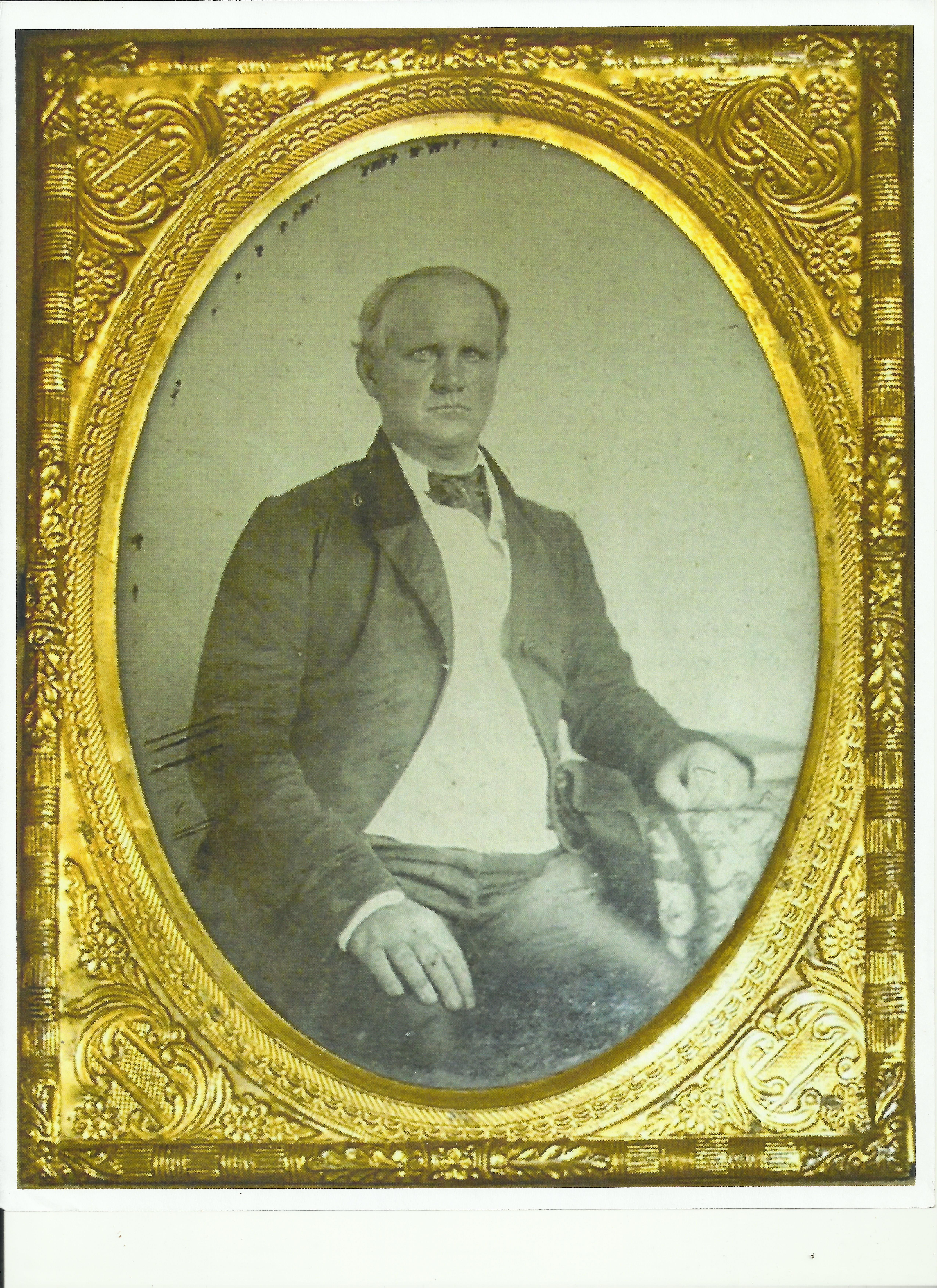
Captain James Madison Bullock Hunt
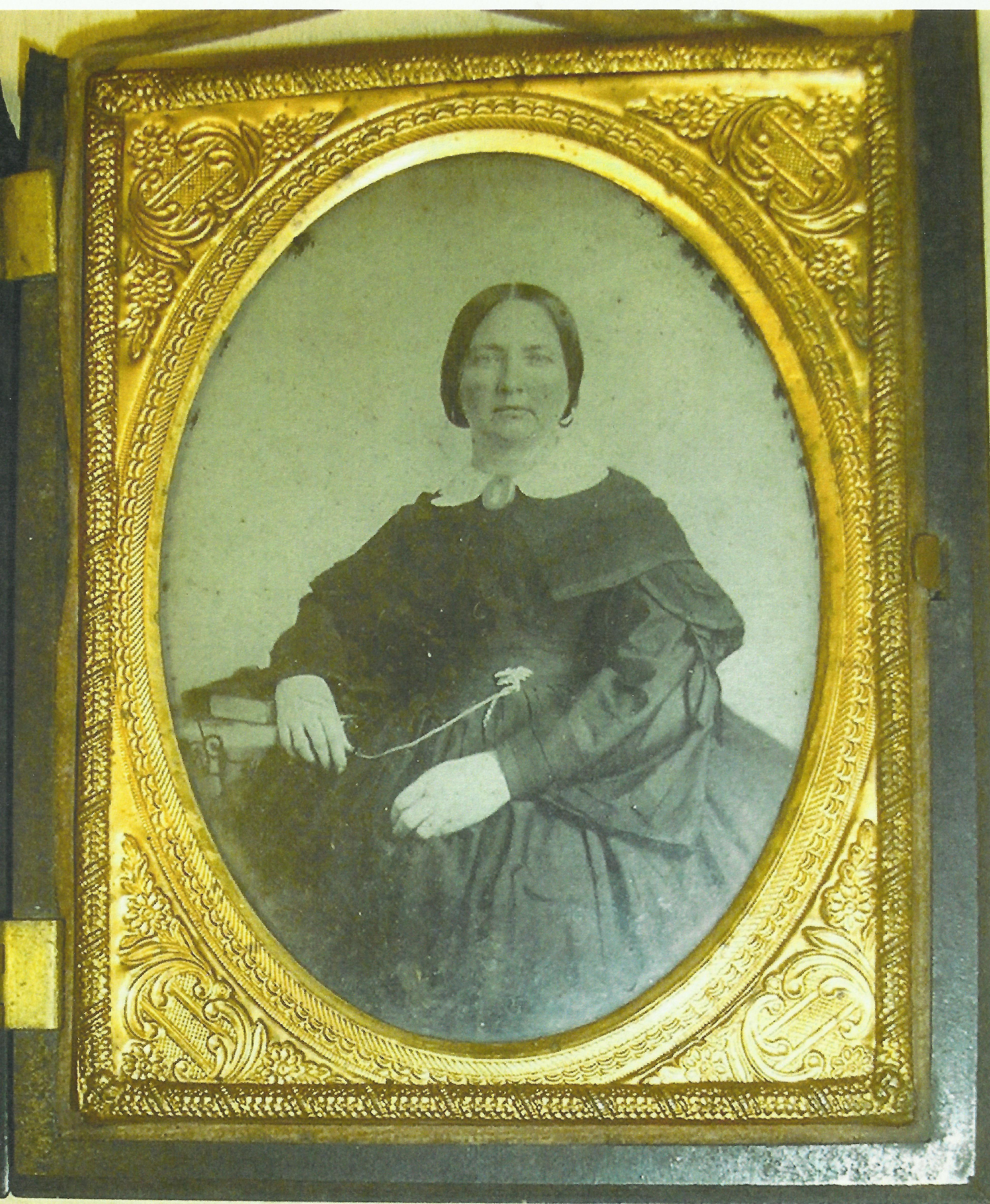
Sarah Ellen Lewis
Aspen Lawn died a slow, painful death. S. T. Peace published Zeb’s Black Baby in 1955 and it was stated then that it was being torn down. It was indeed gutted but still standing in 1975 when a report was made on the house by the State Historic Preservation Office. Pictures show a house that once must have stunning. Notes on the report state that the interior was completely gutted and almost gone. Yet it was still standing in 1979 and enough was left for Mark Pace to make a sketch of the floor plan. The house lingered on until the mid 1980’s when it was finally put out of its misery.

Aspen Lawn
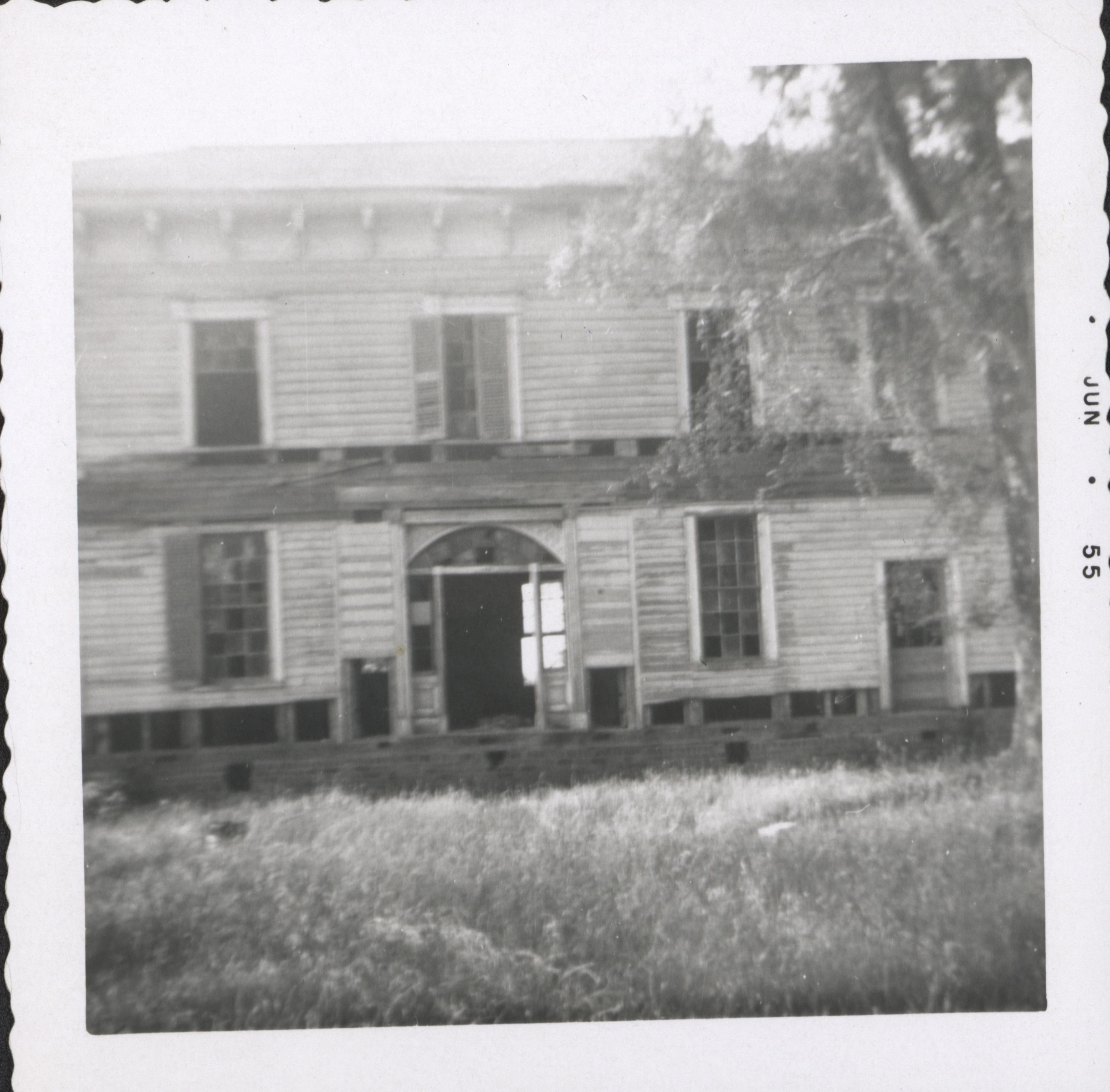
Aspen Lawn
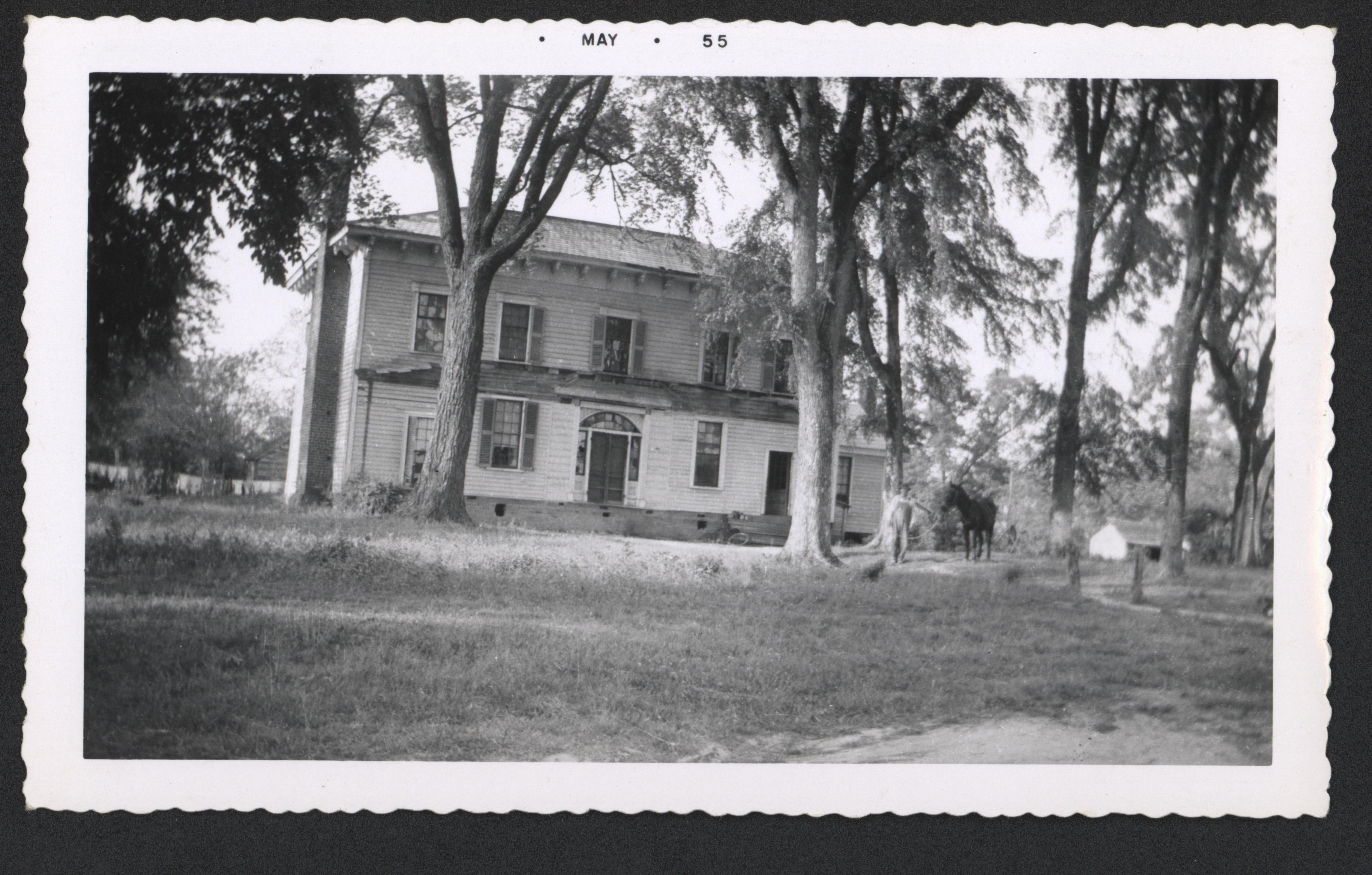
Aspen Lawn
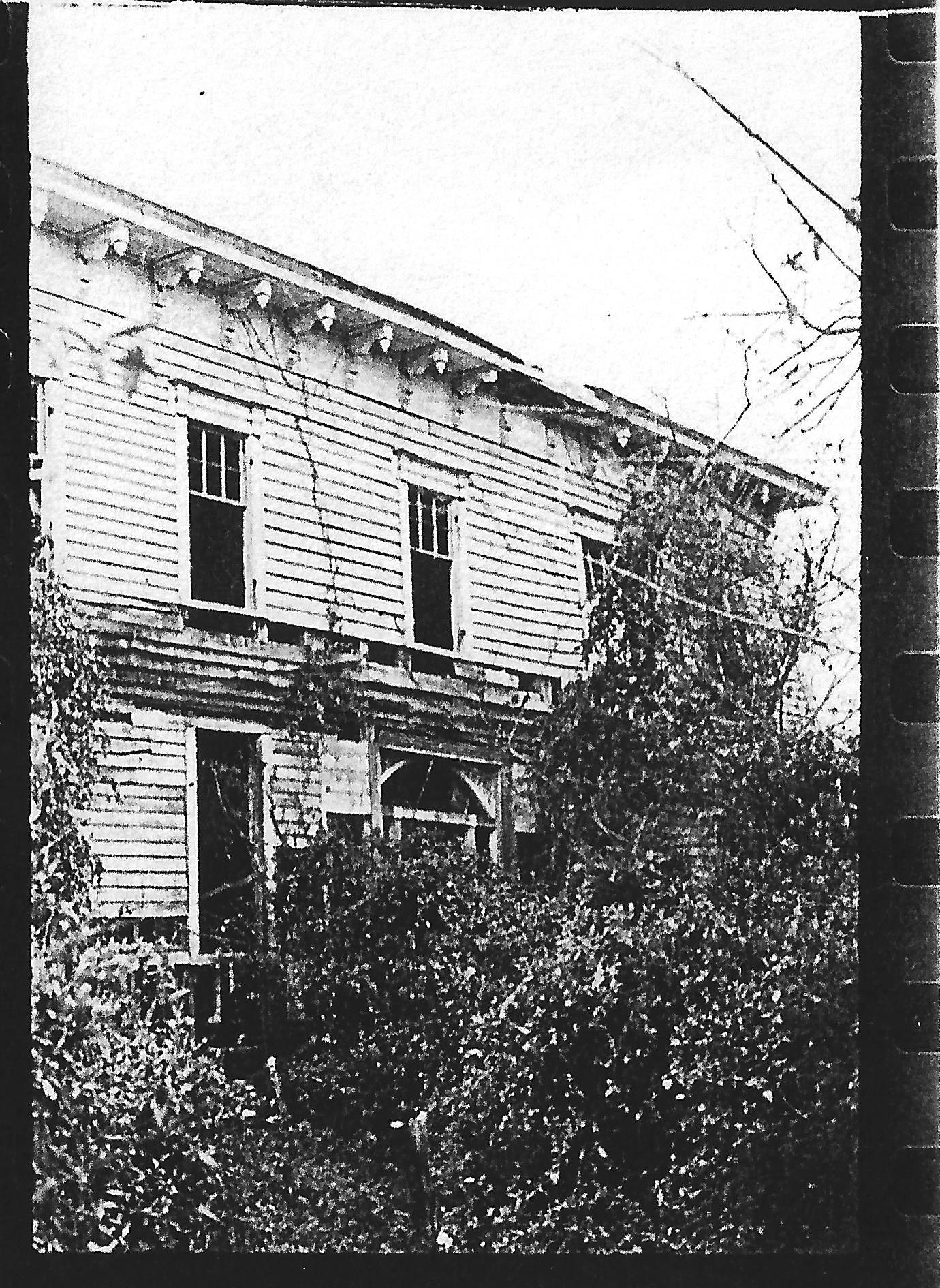
Aspen Lawn 1975
Quoting S. T. Peace about Aspen Lawn “Before the old mansion, now being torn asunder, one stands in silence, wishing not to be disturbed in his musings. With mixed emotions one thinks of love, of life and laughter, of periwigs, silver knee buckles, hoopskirts, fans and soft candle lights, of romance and the days of duels. One thinks of the mansion as it was. Then comes the ghosts of rumours, of mysteries, murder and death; and there, before him one sees the disrobed old mansion with goats, white goats and black goats, walking the sills and naked timber and staring out of its vacant windows.”
So Aspen Lawn, once the house of a prominent Granville County family, became the domain of goats, slowly falling into decay bit by bit. A sad end to a once glorious house. The Bullocks, however did not end. Their family proceeded to endure and succeed. Because of their family connections they were married into the most powerful families of the area. They were connected to family names like Williams, Lewis, Alston, Henderson and others. All that remains now of Aspen Lawn is an ancient, overgrown cemetery. Perhaps one of the oldest in the county, the cemetery contains the remains of several Lewis family members, along with Worthams and Alstons. Surprisingly no Bullocks are listed but perhaps the stones that would mark their resting place have been lost over time. However, nearby is another grand house, Macpelah.
There is also a cemetery there which does contain the graves of some of the Bullock family including Revolutionary War soldier Major William Bullock along with members of the Lewis, Taylor, Hunt and Penn families. [photo 30] There are Bullocks at St. John’s Church in Williamsboro but no one can say for certain where Col. Bullock’s final resting place is. This week (7 November 2019) Mark Pace and I paid a visit to the site of Aspen Lawn to look for the cemetery and any remains of the house. The site had been logged around 20 years ago. We found several patches of periwinkle, a typical ground cover used for cemeteries in the 19th century, cinder blocks and bricks that had been pushed into large piles but nothing to indicate the actual location of the cemetery.
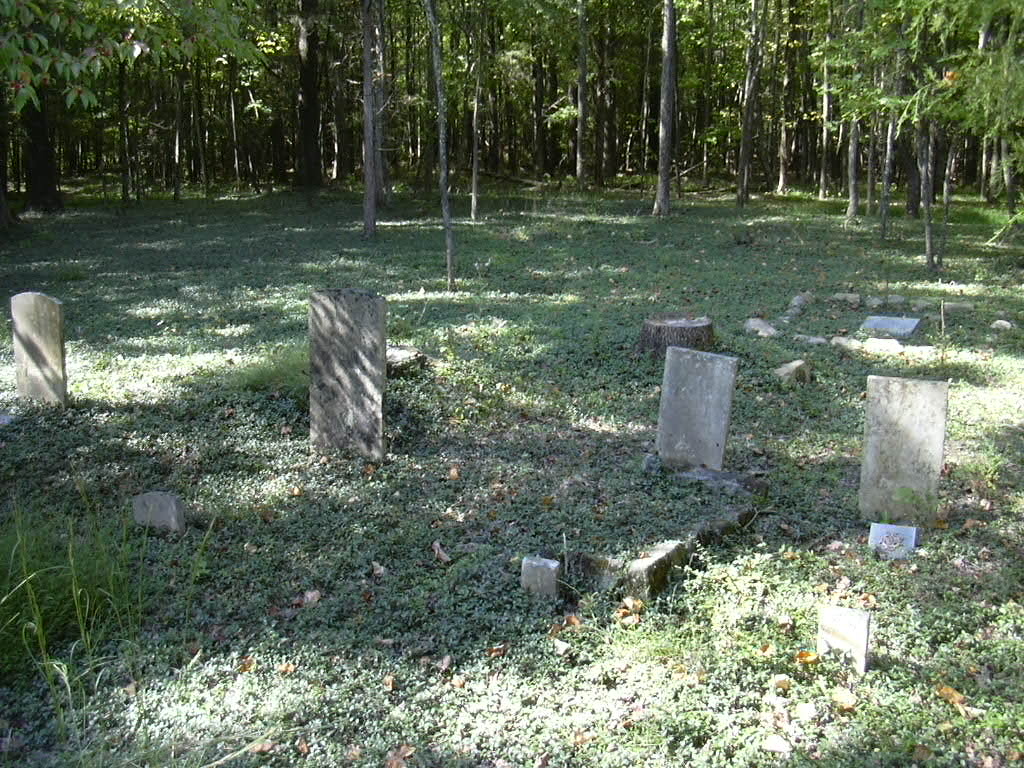
Machelah Cemetery
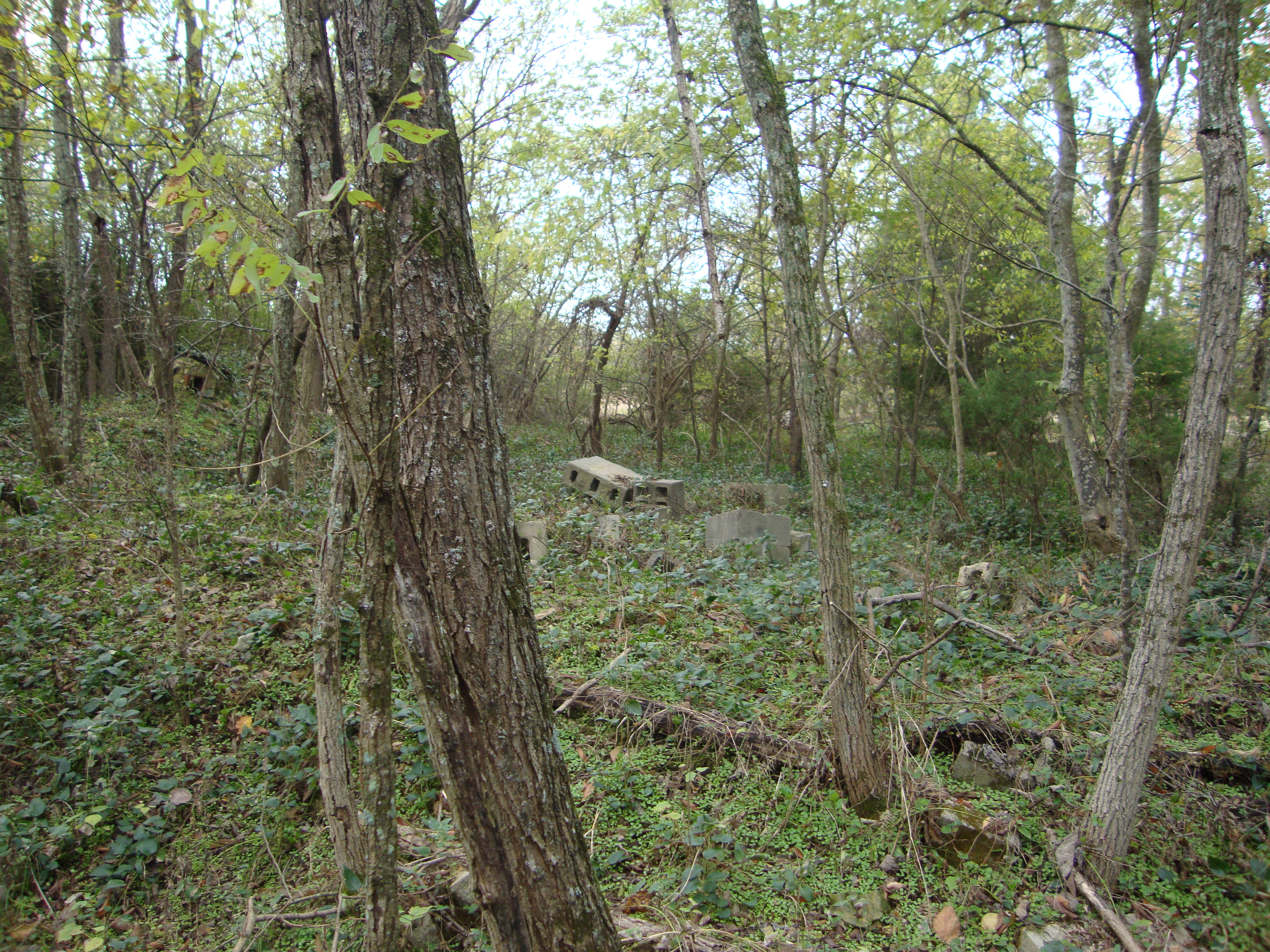
Site of Aspen Lawn
A return trip is planned and we hope to have better luck. Graves that have been documented include Edward A. Lewis, Mary A. Lewis, James Lewis, Eleanor A. Lewis, Philip J. Lewis, George Lewis, Sally Wortham, James Wortham and Elizabeth Alston. The earliest of these graves is for Sally Wortham who died in 1799 and the most recent was for Mary A. Lewis in 1858. Photos were taken in 2005 of the cemetery as it existed then. If Aspen Grove was built in 1850, then perhaps another house could have existed at or near the same location, possibly belonging to the Lewis family.
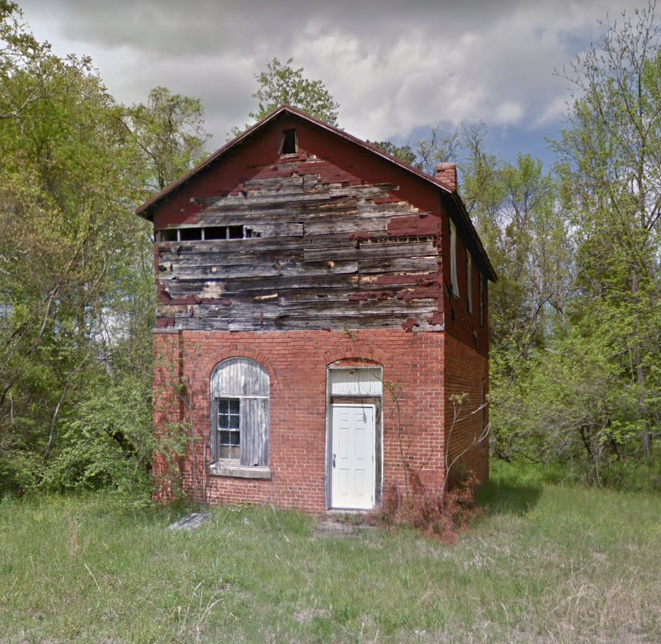
Townsville Bank
Williamsboro and Townsville haven’t aged well over the years. The area is very poor without much in the way of resources to return prosperity to an area that was once one of the most prosperous in the state. The historic bank building at Townsville has fallen into disrepair as have many of the homes, including the historic properties. The prominent families moved on to other places and all they left were cemeteries, ruins and memories. It’s up to us to keep them alive.


